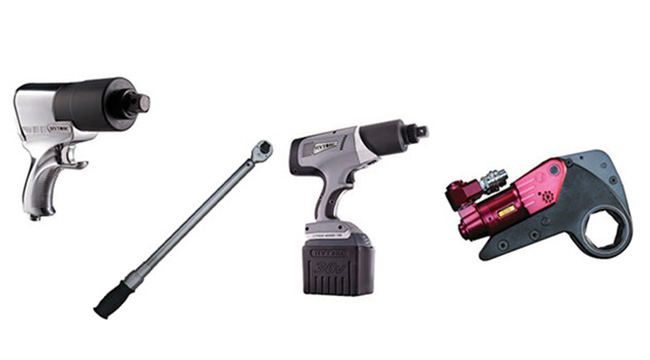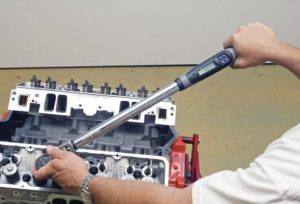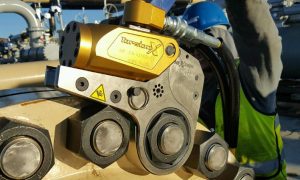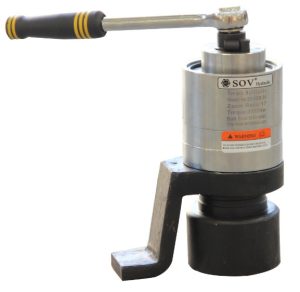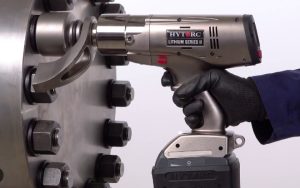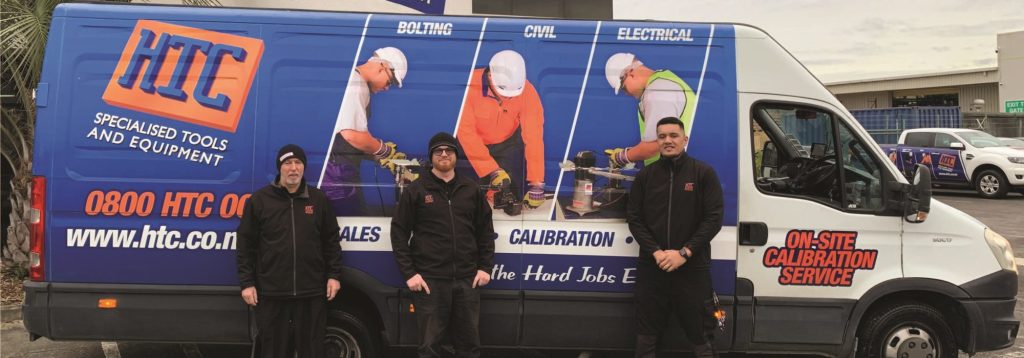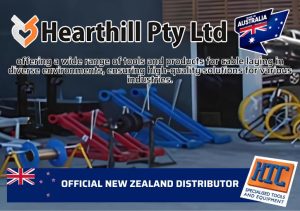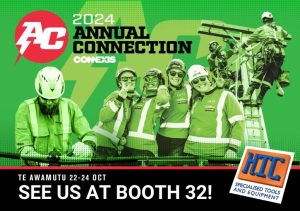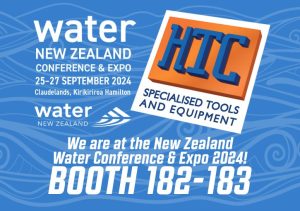This time let’s review the common types of tools on the market.
Manual Torque Wrenches– Click, break-back, or dial/digital wrenches are by far the most common and recognised tools, from small screw drivers used on plastic to large break back style wrenches used on truck wheel lugs.
As the name implies, these wrenches are human powered.
The effort involved is proportional to the length of the tool, the longer the lever, the less operator force is required. Screw drivers are governed by how much force can be generated in a hand twisting action.
Commonly ranging from 0 – 1500 Nm with ¼” to 1” square drives. This group of tools indicate to the operator that their desired force has been reached or they provide readings for the operator to monitor as they go.
Powered Tools– There are basically two categories of powered tool; Hydraulic and powered multiplier, these tools can produce staggering amounts of force and rather than transferring any force to or from the operator they send it to a integral reaction foot. The reaction foot is the common component on all powered tools, the reaction force must be transferred somewhere like a flange or the next bolt.
· Hydraulic wrenches– Generate large forces from small packages which makes them perfect for a wide range of bolting applications, especially where space is constrained. Catch is that they use a ratchet mechanism so can only move one click at a time. To run the wrench one also requires a pump and twin hose and the operator cycles the pump back and forth to tighten the bolt.
· Manual Multipliers– A torque multiplier as the name infers is a gearbox that takes a small force and multiplies it by a set ratio. Input force needs to be applied using a torque wrench so that the output force can be controlled, and breakages avoided.
· Powered Multipliers- Imagine we take the above manual multiplier and attach a powered input to it. This allows for much faster, continual turn, fastening and removes virtually all effort from the operator. These tools can be powered by Battery, mains power, or pneumatic back ends and are normally gun shaped.
Choosing the correct tool for the job is critical in avoiding expensive issues, we weigh up simple metrics like the type and size of the bolts, quantity per day, conditions, and how long a project will run for.
It is also critical that equipment is serviced and calibrated on a cycle that is suited to the conditions and site usage levels, we help customers work this out however most regulations require at least once per year.
HTC Ltd is New Zealand’s leading supplier of Torque Wrench tools and calibration, servicing and repair services. To book a Calibration service for your Torque tools visit www.htc.co.nz/calibration-and-testing/ and scroll down to the Booking Form.
To contact the team directly, call 0800 48 2000.
